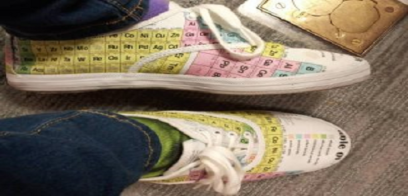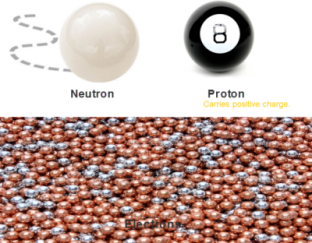
Hello. My name is Rick Fletcher. I’m a human and as a big part of my work, I’m a professor of chemistry at a medium-sized research university in the USA. I also think about physics a lot and more and more, I am interested in the ways these two areas collide with other areas of science and life in general. The tools used in chemistry and physics are powerful ways to understand the physical world around us.
For several years now, I have been teaching my college’s most basic chemistry class. If you’ve been to university, you probably had a version of this, or know what it’s like. These are usually among the largest classes offered in higher education. I try to be a good “explainer” of as much as I can. Even though I prefer to have my time in this class rotated in and out, I keep getting the assignment again and again. I’m told that happens because I get very few complaints. I hope that means I do a fairly good job of “explaining.”
So, that’s what I will do here. At least once a week, and hopefully more often, I’ll pick a small topic in science and explain it to a general audience. Part of being a good explainer is to be brief and to not waste anyone’s time. These will be my two guiding principles. I’ll try to limit to One Thing, but as you will see, that means that I will focus on one concept but I might use several supporting ideas to explain that one thing. I will try to do things in a progression so I can refer back to earlier posts if I need to rely on more than one idea in any given post. But please remember, the theme here is simplicity. To keep things brief and simple, I might not always be as detailed as the reader hopes but that’s not my goal. I want to show the world that the physical world can be understood by more than scientists.
I was inspired to do this by Alan Alda’s Burning Question, sponsored in part by The World Science Festival, which is an interesting organization. Alda asks scientists and engineers to explain a flame to an audience of 11-year-old students. I think we need more of that, and I hope to help in some small way. So at least once a week, I’ll try my best to Explain One Thing.







